Study Structure
YouthShape.US is being conducted as a three-phase study. In Phase 1, completed in 2024, 650 children ages 3 to 17 years were measured in our laboratories in Ann Arbor. We obtained a large number of measures, including over 50 manual measures, high-resolution 3D surface scans of the whole body, and detailed scans of the head, hands, and feet. Phase 2a added a smaller number of measures from a sample of Black participants measured in North Carolina. Phase 2b is nearing completion in Corpus Christi, Texas, adding over 300 Hispanic participants. Phase 3 (2025-2026) will ultimately include data from over 3000 children and youth measured at multiple sites in the U.S.
Data Types
A wide range of data were gathered using both traditional manual methods and modern 3D surface scanning.
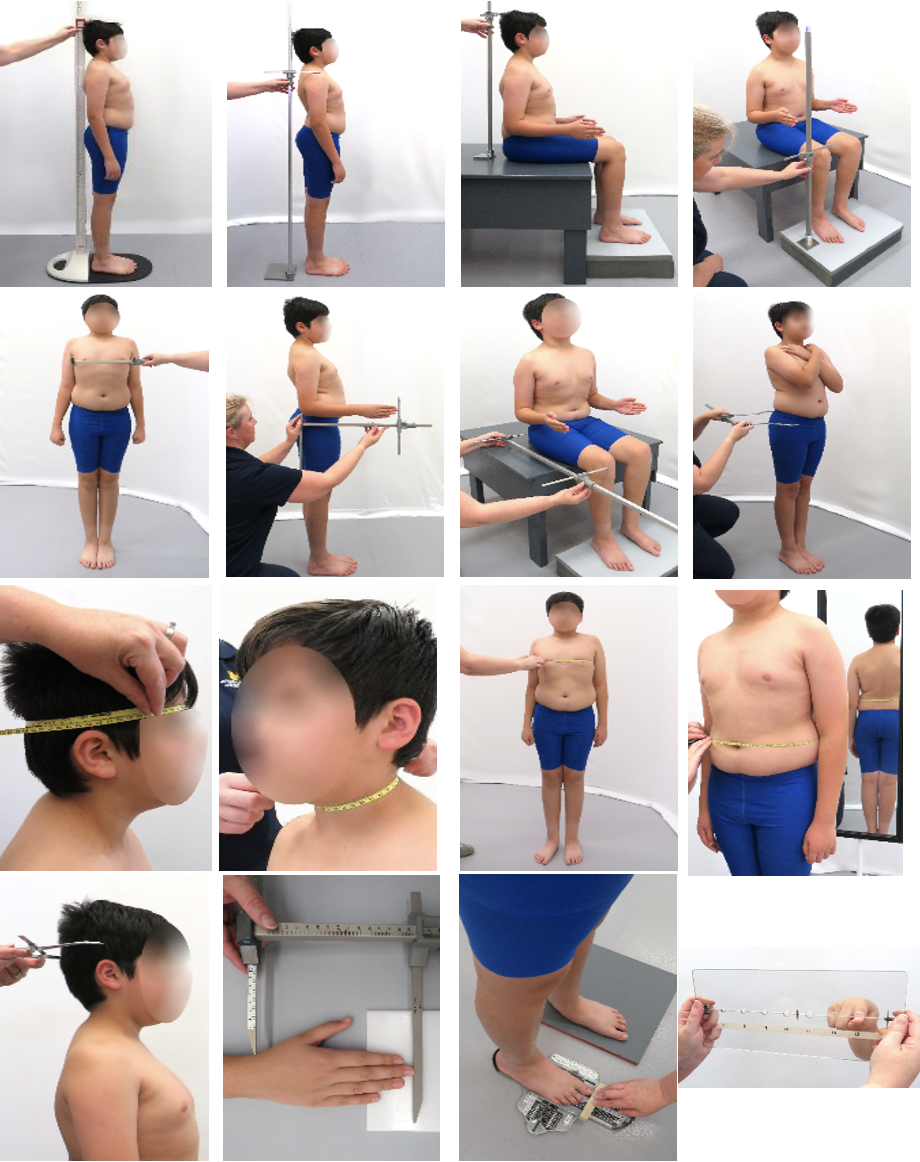
Traditional Body Dimensions
Method: Manual Anthropometry
Over 50 manual anthropometric measures, such as lengths, breadths, and circumferences were gathered. Our techniques closely follow the standard methods used in prior work, with specific reference to Snyder et al. (1977) to maximize compatibility with the legacy datasets.
View Outcomes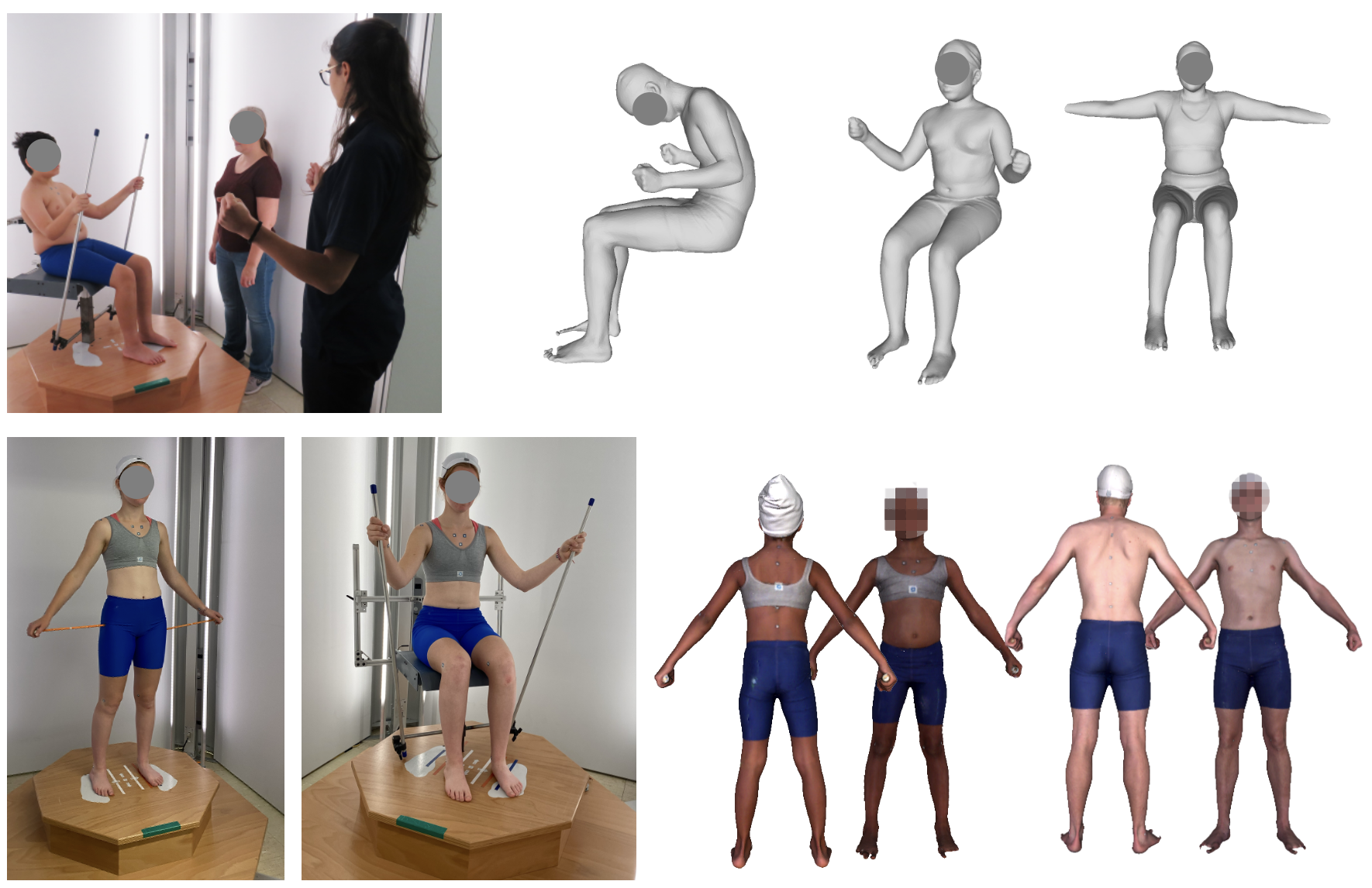
Body Shape
Method: 3D Laser Scanning
We recorded 3D body shape using laser scanners and photogrammetric methods for all participants. Participants were dressed in close-fitting, standardized clothing so that we capture the best possible representation of the surface contour. In Phase 1, we recorded more than 20 seated and standing postures. In subsequent phases, we gathered at least one standing and one seated pose. The 3D data are being used to create parametric models that can represent any child body size and shape in a wide range of validated poses.
View Outcomes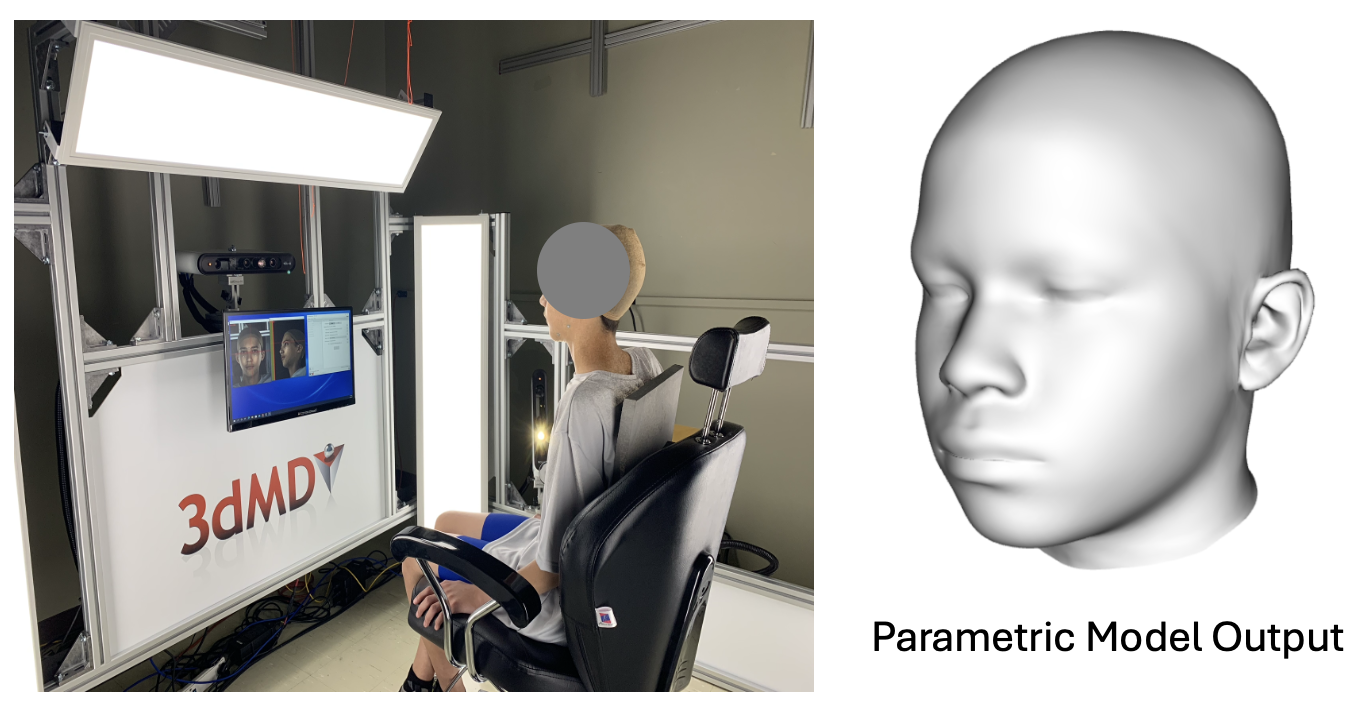
Head Shape
Method: 3D Surface Scanning
Head shape was measured using a dedicated 3dMD head scanner that uses photogrammetry and structured light. We used a novel method to record points on the scalp under the hair, enabling the development of the first parametric child head shape model that is not contaminated by hair artifacts. The new model predicts child head shape as a function of sex, age, race/ethnicity, and body size variables such as stature and BMI.
View Outcomes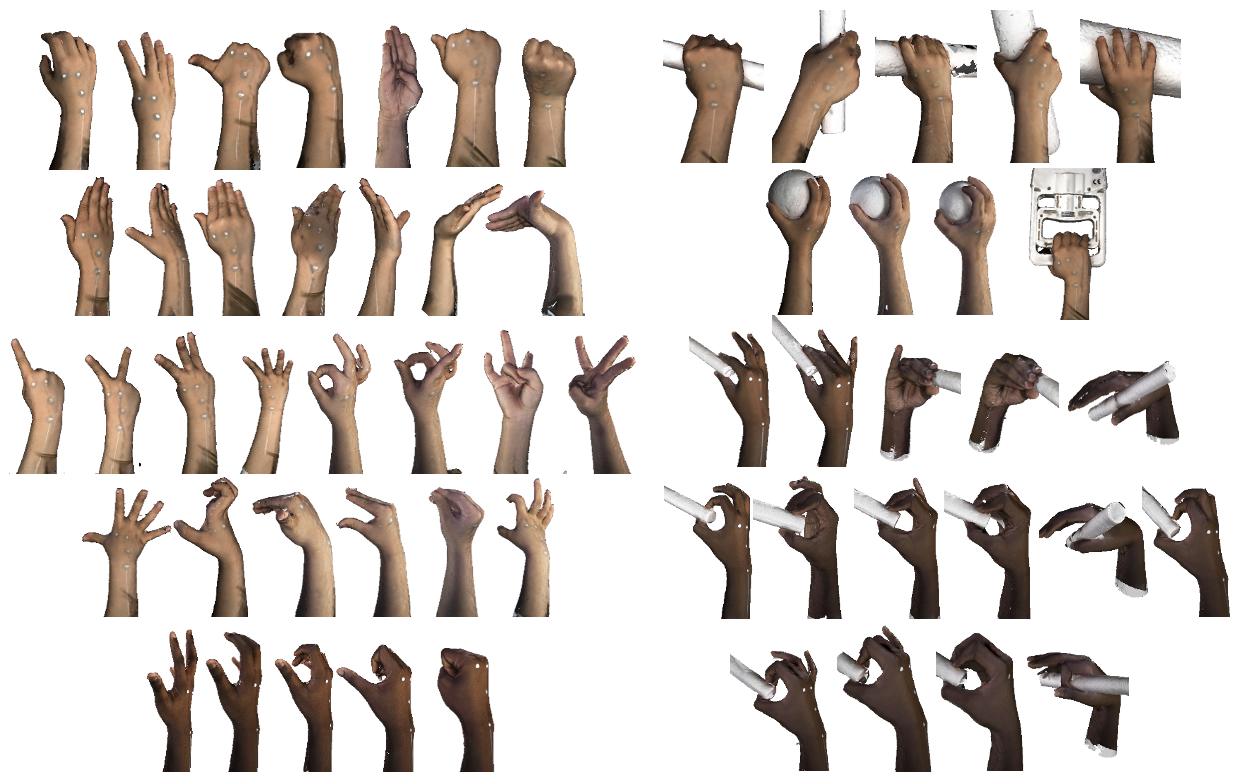
Hand Shape
Method: 3D Surface Scanning
Hand shape was recorded in a wide range of functional postures. In Phase 1, we used the 3dMD scanner to record the participant's hand shape in over two dozen poses, including flat, pinch grips, a variety of cylinder grasps, and articulating individual digits. In subsequent phases, we obtained a detailed hand scan in either a flat hand pose or a ball grasp. The data are being used to create a posable parametric hand shape model that will enable designers to obtain hand shapes and dimensions for children and youth in a wide range of postures.
View Outcomes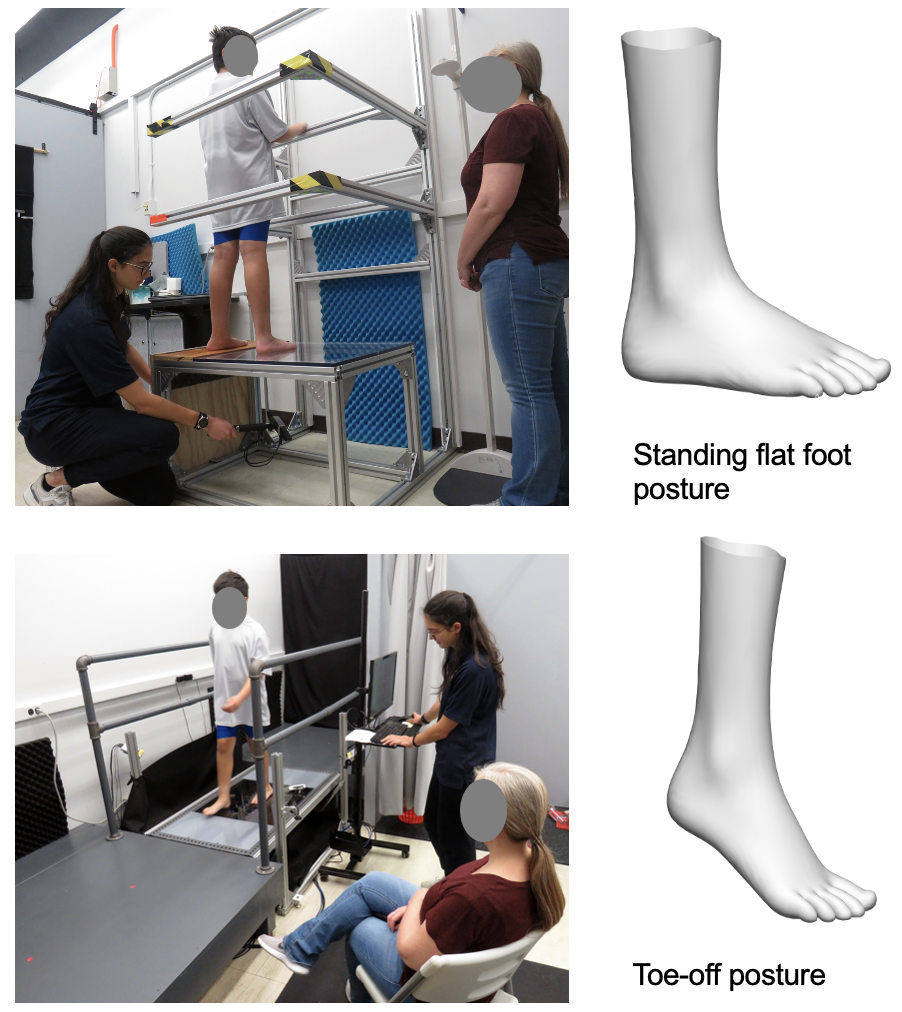
Foot Shape
Method: hand-held optical scanner
We used a hand-held Revo optical scanner to capture the shape of the right foot in neutral stance and toe-flexed poses. The participant stood on a transparent plate in a custom fixture to enable accurate scanning of the plantar surface.
View Outcomes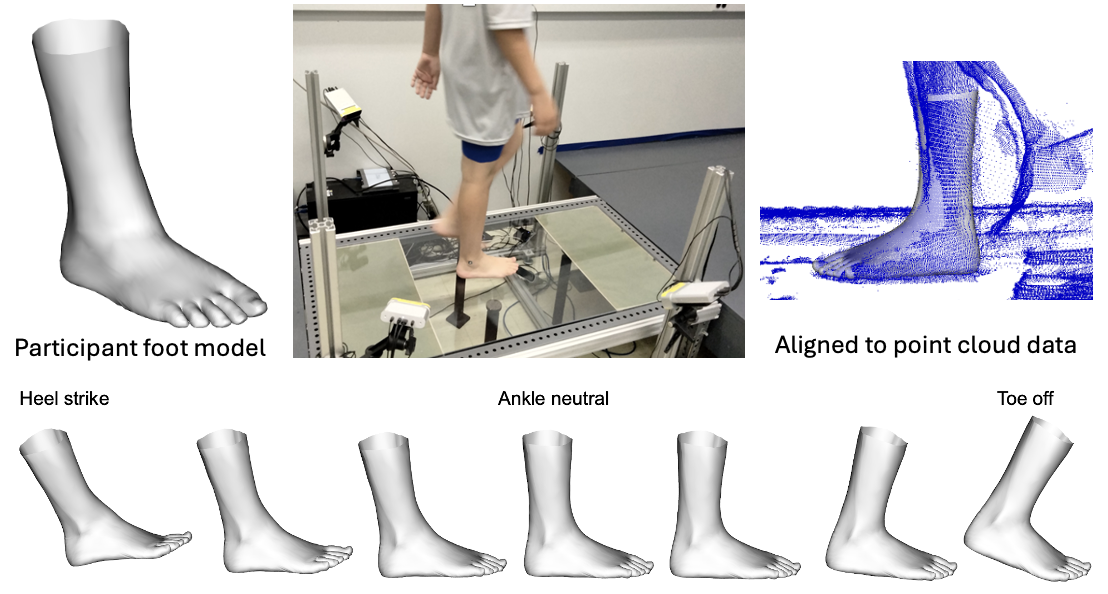
Foot Shape in Motion
Method: custom-designed scanning platform
We designed a custom scanning system and platform to capture the shape of the foot in motion. As the participant walked across a transparent platform, 3D point cloud data were gathered at 10 Hz from four depth cameras above the platform and one below. The participant-specific high-resolution foot model obtained from static measurements was aligned to the point cloud data to obtain a markerless capture of foot shape in motion through the stance phase of gait.
View Outcomes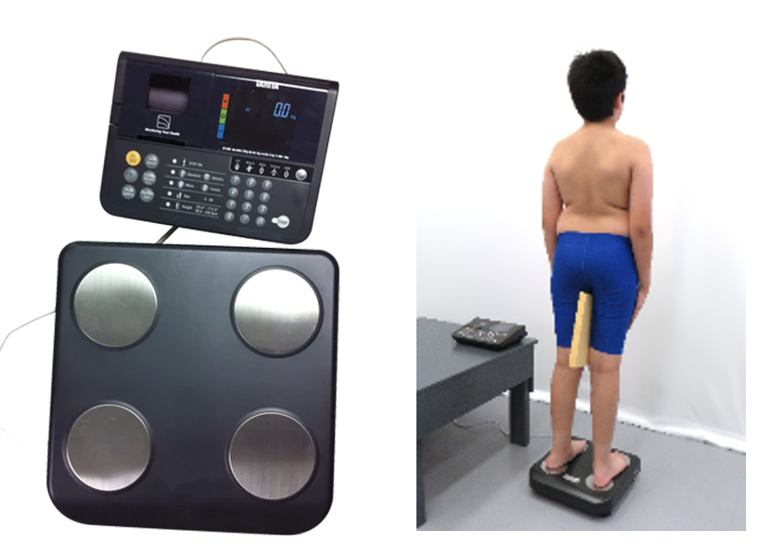
Body Composition
Method: bioimpedance
We measured body composition parameters using a scale with a built-in bioimpedance sensor. The Tanita SC-331S scale reports several parameters related to body composition, including body fat percentage and lean body mass. The YouthShape dataset provides an opportunity to examine the relationships among body fat percentage, BMI, body shape, and objectively measured activity level, across race/ethnicity groups.
View Outcomes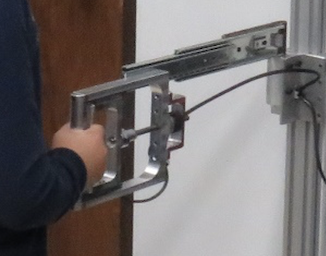
Grip Strength
Method: custom adjustable grip dynamometer
Grip strength is a surprisingly powerful indicator of overall fitness for adults, but is less explored in children. We developed methods modeled on the NHANES protocols, but used a custom, adjustable dynamometer with better performance than the model used by NHANES. Children alternated left/right maximal grip exertions for a total of three with each hand. The maximum average force over a one-second interval was used.
View Outcomes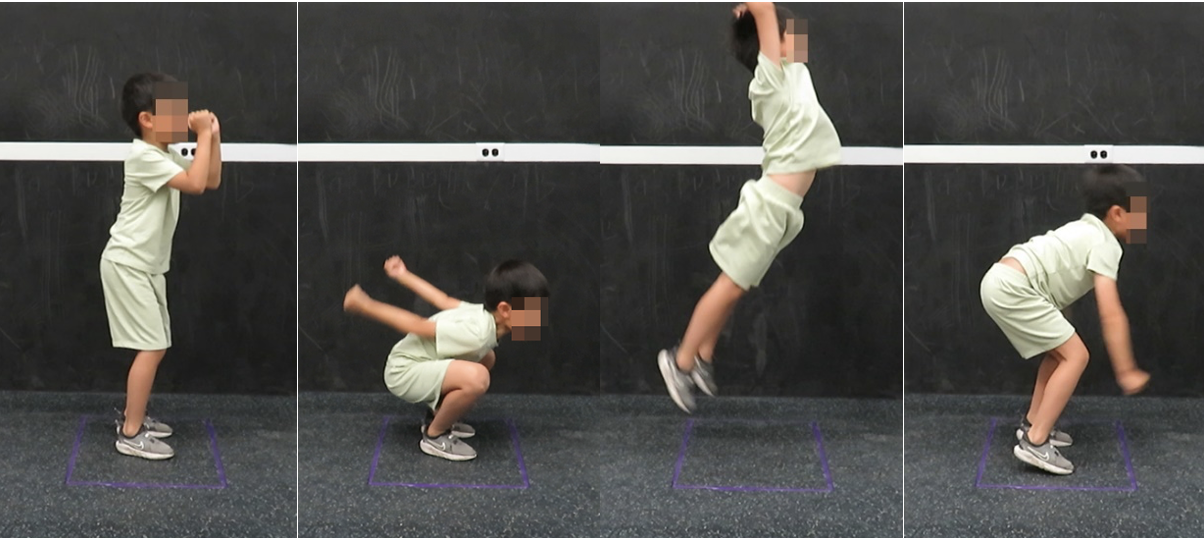
Counter-Movement Jump
Method: force plate
The peak power generated by the lower extremities in a counter-movement jump is a widely used fitness measure. We measured ground reaction forces during three jumps performed with each of three tactics: arm swing, no arm swing (hands on hips), and starting as low to the ground as possible. We are in interested in the relationships between this measure of lower-extremity power and body habitus, physical activity, and body composition across sex and age.
View Outcomes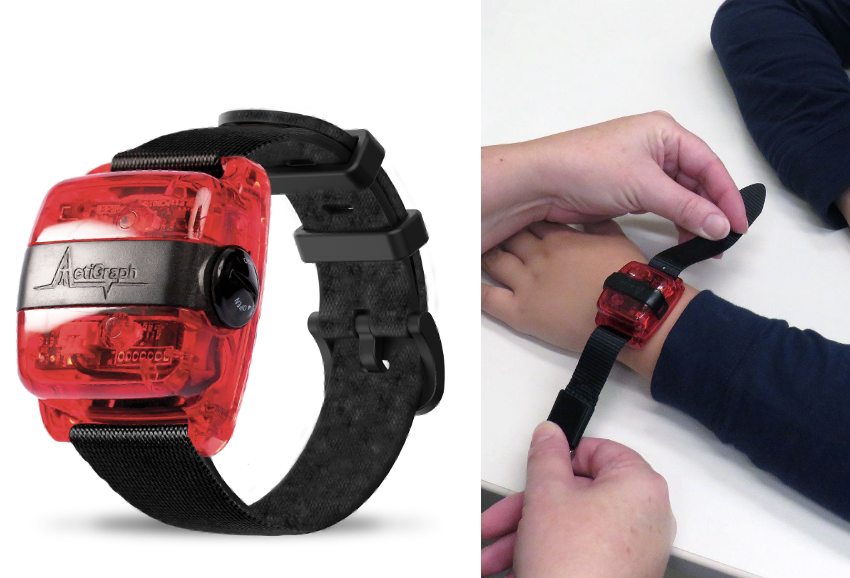
Physical Activity
Method: actigraphy
Participants in Phases 1 and 2b wore activity trackers on their wrists for 4 to 10 days. These accelerometer-based devices provide an objective measure of children's physical activity to complement the questionnaire reports. Resultant acceleration thresholds were applied to compute counts of acceleration events per time epoch that can be compared to age-based normative values to classify activity level.
View Outcomes
Physical Activity Questionnaire
Method: questionnaire
While the participants were being measured, the caregivers completed a brief survey regarding the child's physical activity. Questions included the frequency of various kinds of activities, such as sports. The data from the questionnaire provide the means to compare the study sample to other datasets and can be analyzed together with the objective measures from actigraphy.
View Outcomes